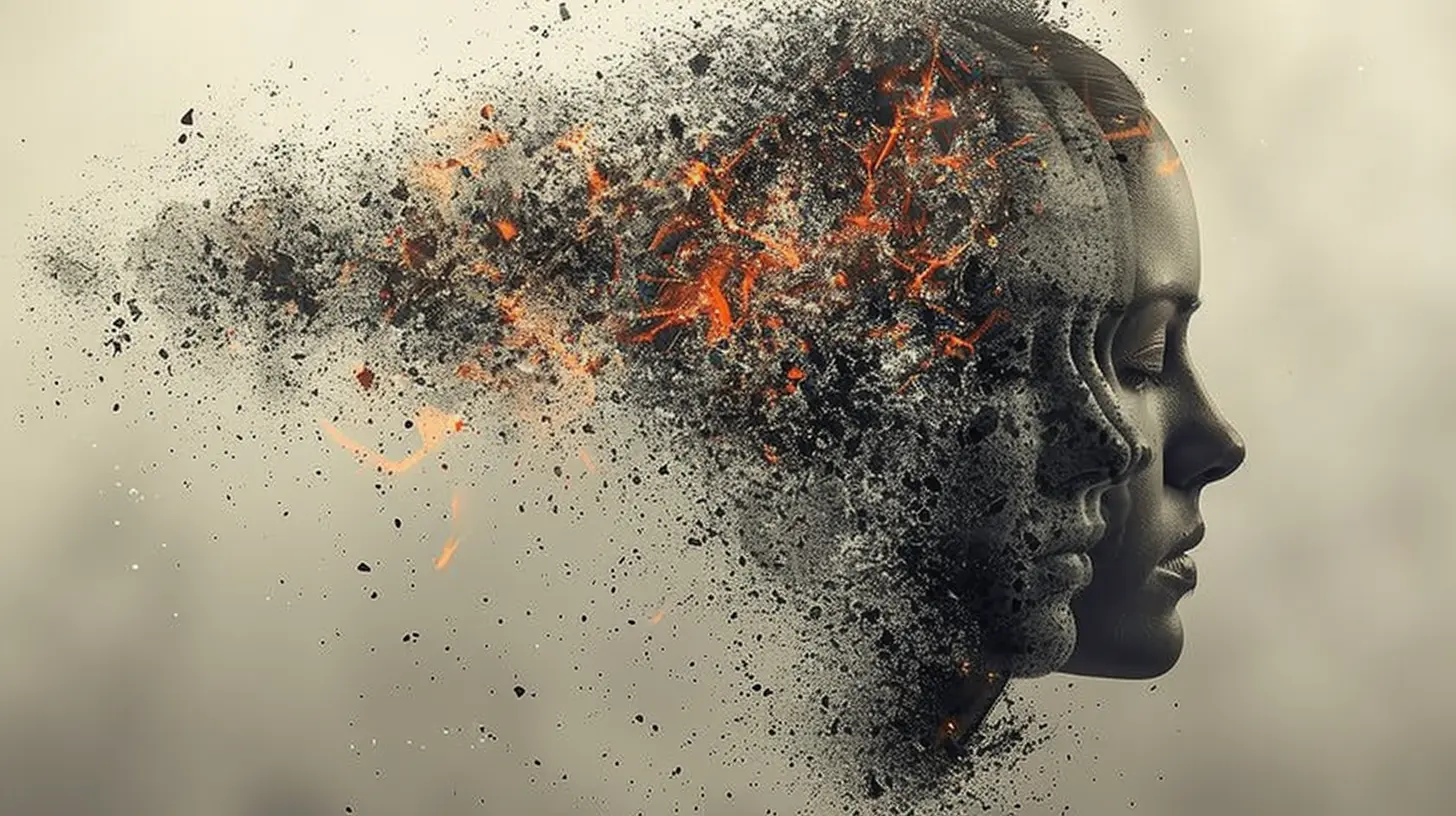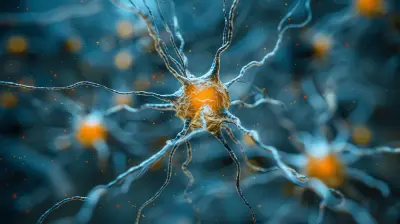The Complex Relationship Between Depression and Personality Disorders
6 July 2025
Depression and personality disorders are deeply intertwined, creating a challenging emotional landscape for those affected. While depression is more widely discussed, personality disorders remain misunderstood by many. The overlap of these conditions can make diagnosis and treatment more difficult, leaving individuals feeling trapped in a cycle of emotional distress.
If you've ever wondered why some people with depression seem to struggle more than others, personality disorders might be a missing piece of the puzzle. In this article, we’ll unpack how these conditions interact, their shared symptoms, and the impact they have on a person’s life. 
Understanding Depression
Depression isn’t just feeling sad—it’s a persistent mental health condition that affects emotions, thoughts, and behaviors. It’s more than just a "bad mood"; it can drain energy, motivation, and even the desire to engage in daily life. Some common symptoms include:- Constant feelings of sadness or emptiness
- Loss of interest in activities once enjoyed
- Fatigue and low energy
- Difficulty concentrating
- Changes in appetite or sleep patterns
- Feelings of worthlessness or guilt
- Suicidal thoughts or behaviors
Depression can stem from many factors: genetics, trauma, chemical imbalances, or situational stressors. However, when depression coexists with a personality disorder, things become even more complicated. 
What Are Personality Disorders?
Personality disorders are long-standing patterns of behavior, thinking, and emotional regulation that significantly impact a person’s life. Unlike mood disorders, which can be episodic, personality disorders are deeply ingrained and affect how a person interacts with the world.There are ten recognized personality disorders, categorized into three clusters:
- Cluster A (Odd/Eccentric): Paranoid, Schizoid, and Schizotypal Personality Disorders
- Cluster B (Dramatic/Emotional): Borderline, Narcissistic, Histrionic, and Antisocial Personality Disorders
- Cluster C (Anxious/Fearful): Avoidant, Dependent, and Obsessive-Compulsive Personality Disorders
Individuals with personality disorders often struggle with interpersonal relationships, emotional regulation, and self-identity. When depression is added into the mix, these challenges can become overwhelming. 
How Depression and Personality Disorders Overlap
So, how do these conditions connect? Well, they often feed into each other, making it difficult to separate one from the other.1. Shared Symptoms Make Diagnosis Harder
Many personality disorders share symptoms with depression, such as low self-worth, emotional instability, and social withdrawal. For example, someone with borderline personality disorder (BPD) may experience intense mood swings and chronic emptiness—both of which also occur in depression.This overlap can lead to misdiagnosis or a failure to recognize an underlying personality disorder. As a result, people might receive ineffective treatments, leading to further frustration.
2. Personality Disorders Increase Vulnerability to Depression
Having a personality disorder often means dealing with long-term emotional struggles. When someone already has an unstable self-image or difficulty maintaining relationships, it’s not surprising that depression can develop over time.For instance, individuals with avoidant personality disorder tend to fear rejection and isolation. Over time, this loneliness can evolve into depression, reinforcing their negative beliefs about themselves and others.
3. Depression Can Exacerbate Personality Disorder Traits
Depression doesn’t just sit quietly alongside personality disorders—it actively makes them worse. When depression strikes, people with personality disorders may experience heightened symptoms, such as:- Increased impulsivity and self-destructive behaviors (common in BPD)
- Greater social withdrawal (seen in avoidant personality disorder)
- More intense negative self-perception (extreme in narcissistic personality disorder)
This creates a vicious cycle. The more depressed a person becomes, the more exaggerated their personality disorder traits appear, making recovery even harder. 
Challenges in Treatment
Treating depression on its own is difficult, but when combined with a personality disorder, additional challenges arise.1. Traditional Antidepressants May Not Be Enough
Antidepressants are often the go-to treatment for depression. However, for those with personality disorders, medication alone usually isn’t sufficient. Personality disorders require long-term therapeutic interventions that help reshape thought patterns and behavioral responses.2. Therapy Requires a Personalized Approach
Cognitive Behavioral Therapy (CBT) can be effective for depression, but for personality disorders, more specialized approaches like Dialectical Behavior Therapy (DBT) or Schema Therapy are often required. These focus on emotional regulation, trauma processing, and breaking deep-seated negative beliefs.3. Emotional Resilience Takes Time to Build
It’s important to recognize that progress won’t happen overnight. Many individuals with co-occurring depression and personality disorders experience slow recovery, requiring years of therapy and self-work. This can be discouraging, but patience and persistence are key.Finding Hope and Support
While the intersection of depression and personality disorders can be overwhelming, hope is not lost. Many people successfully manage their conditions through a combination of therapy, lifestyle adjustments, and support systems.- Therapy: Finding the right therapist who specializes in personality disorders is crucial. A good therapist can help develop coping skills and challenge negative thought patterns.
- Support Groups: Connecting with others who understand these struggles can provide validation and encouragement.
- Self-Care: Regular physical activity, mindfulness practices, and creative outlets can help ease symptoms.
- Setting Boundaries: Learning to set and maintain healthy boundaries in relationships can prevent emotional distress.
Recovery isn't about eliminating struggles—it's about learning how to navigate them effectively.
Final Thoughts
The relationship between depression and personality disorders is undeniably complex. These conditions feed into each other, making diagnosis and treatment challenging. However, with the right tools and support, individuals can manage their symptoms and improve their quality of life.If you or someone you know is dealing with both depression and a personality disorder, remember that healing is possible. It may take time, but with patience and the right resources, brighter days can come.
all images in this post were generated using AI tools
Category:
Personality DisordersAuthor:

Paulina Sanders
Discussion
rate this article
1 comments
Melanie Romero
Insightful exploration of a complex topic, thank you!
August 1, 2025 at 4:05 AM

Paulina Sanders
Thank you for your kind words! I'm glad you found the article insightful.


